Japanese Garden Design Guide: Create the perfect Zen garden
 Lee Burkhill: Award Winning Designer & BBC 1's Garden Rescue Presenters Official Blog
Lee Burkhill: Award Winning Designer & BBC 1's Garden Rescue Presenters Official Blog

However, the majority of do-it-yourself Japanese garden designs fall short of an authentic Japanese garden design. Some Japanese garden designs bear little resemblance to the calming nature of their ancestors. Some are loud, disjointed and confusing. Gardeners hope the odd Buddha head or rogue bamboo will invoke the feelings of the Far East. So rather than risk spending hours and money on your new Japanese-themed garden for it to be a dud, why not read these Japanese garden design tips to help avoid some of the common mistakes?
Japan has a long and complicated history. I mean, who doesn't? So I won't be going into any real depth here apart from identifying the two main influences that have shaped traditional Japanese gardens.
This will help you understand how to achieve a more coherent Japanese theme in your design. Religion, the battle for dynasties and politics have all shaped Japanese gardens. They can, however, be boiled down to two groups of influencers, which has led to two main designs and functions.
Japanese gardens are a place for peace, meditation and contemplation which is why they are frequently used by Buddhists and Buddhist monks. Mimicking the style of nature and with minimal distractions allowing clarity to meditate on. A solitary and free flowing space.
The calming space found in Japanese gardens is more likely to have been adopted by the elite or ruling families that existed hundreds of years ago in Japan. The gardens were signs of their wealth and were used as places of refuge. It was used by commanders in-chief as a retreat during times of civil unrest or the revolutions that have taken place throughout Japan's history. They may feature stylised versions of Japan's geography with miniature versions of waterfalls or rocks to symbolise mountains, etc. Creating nature is the ultimate display fo control and power!
Japanese gardens are all about creating zen, but what exactly is zen? In its simplest form, it's a state of meditation and intuitive thinking. Many zen experts would be 'mindfully' shouting at me, but this article is not trying to detail the merits or forms of zen. For this design guide, zen would be something that's effortless and calming. A space that allows you to enter a state of mindfulness if you wish, such as meditation. Careful planning may lead to many 'non-zen' moments along the way! However, a stitch in time will soon lead to a beautiful, distraction-free zen haven.
When planning your Japanese garden design it is worth whilst remembering that you're trying to echo nature. This doesn't necessarily mean it needs to look authentically natural. It could be that this natural look is a contrived and stylised version of nature, the point is it should be easily interpreted as being a reflection of nature.
All the components of the garden should either represent or symbolise nature. So, rectangular beds or square ponds don't work within this brief. Curves and a flow to the garden are essential. Some straight lines can be used, but more of a detail than an overarching structure. The main feel should be that of an evolved garden which flows rather than a brutal contemporary structure.
Did you know that you can take my course and learn how to become a Garden Ninja yourself? Click here for details
One of the most important and often overlooked design features is that everything should serve a purpose in a Japanese zen garden. The devil is in the details, and each part of the garden should represent part of the theme, such as planting to symbolise nature, water for the ebb and flow of life, or rocks to symbolise a mountain.
This means you probably want to reconsider that LED rock light, which is neither natural nor in keeping with the simplicity of zen. Whatever features, plants and landscaping you use must serve a purpose to reflect nature, bring zen and encourage a state of introspection or meditation to the visitor.
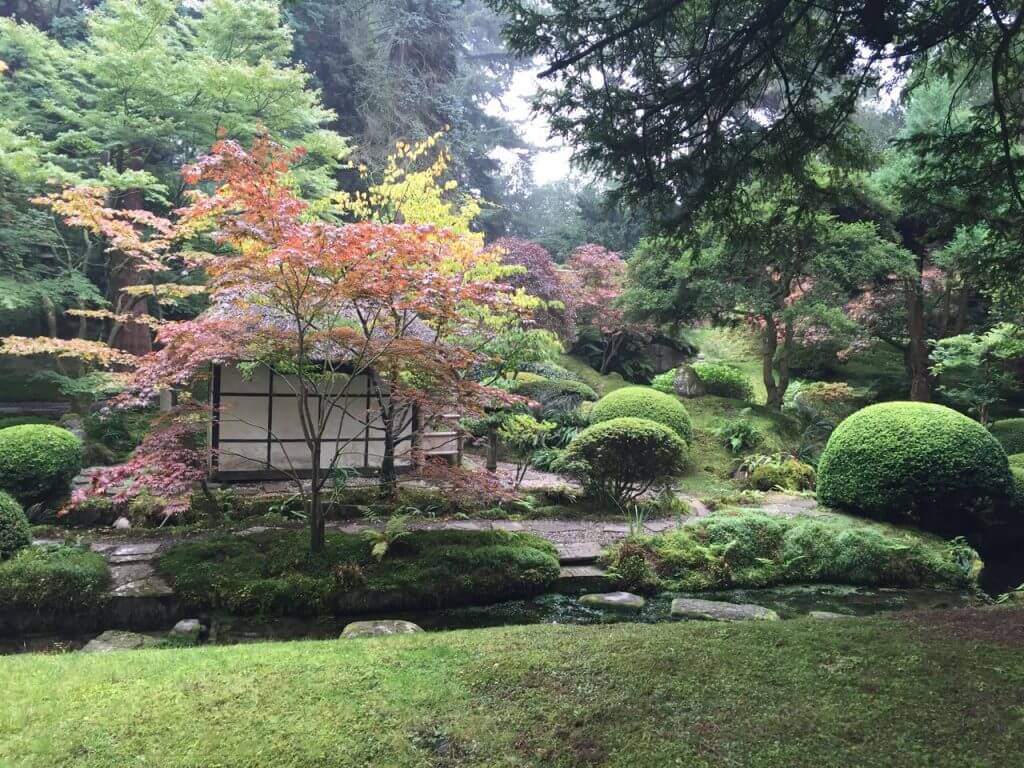
Using paths to take you to other parts of the garden is another essential feature of a Japanese garden. It symbolises what lies ahead in life and helps give the visitor a quiet purpose in the garden: to travel using the paths to explore what lies ahead. Thoughtful use of materials and textures, such as giving reference to pebbles found on coastlines or gravel that may be found on mountainous paths, can help link the path to nature whilst helping navigate the visitor around the garden.
Man-made tiles or shaped stones can be used, but again, always make sure that it can be linked to the naturalistic setting and doesn't become the main feature itself.
Flowers can be used in Japanese Garden Design, but traditionally, they should only be used to highlight or complement the green colours in the garden. Some designers would argue that flowers should be removed from plants to reduce the distraction.
In Buddhist Japanese gardens, flowers would almost certainly be removed as these were considered a distraction to those Buddhists trying to clear their mind and keep a focus on the absence of thoughts.
This design tip really is more food for thought that a definite rule, as I'd imagine that most people would prefer the inclusion of some flowers and scents in their garden. What is important is that any flowers or blooms don't distract or break the flow of the garden. So if you do want flowers maybe stick to a more restrained colour pallette that can blend well with greens, think whites and soft pinks. Flowers, chosen maybe for scent such as Jasmin, which can subtly blend into the surroundings, are best. Moss can also be used to give the garden that ancient feel or be used to symbolise a dried-up watercourse,
Water in a Japanese garden symbolises the flow of life, and often, water and rock are used together in a feature. This complementary couple represents the synergy of the two contrasting roles, as water can wear away rock over time. This is the yin and yang of the garden. The ebb and flow of the water on harder surfaces shows the duality of life: rough and smooth, hard and soft, rugged and forgiving.
You get the drift!
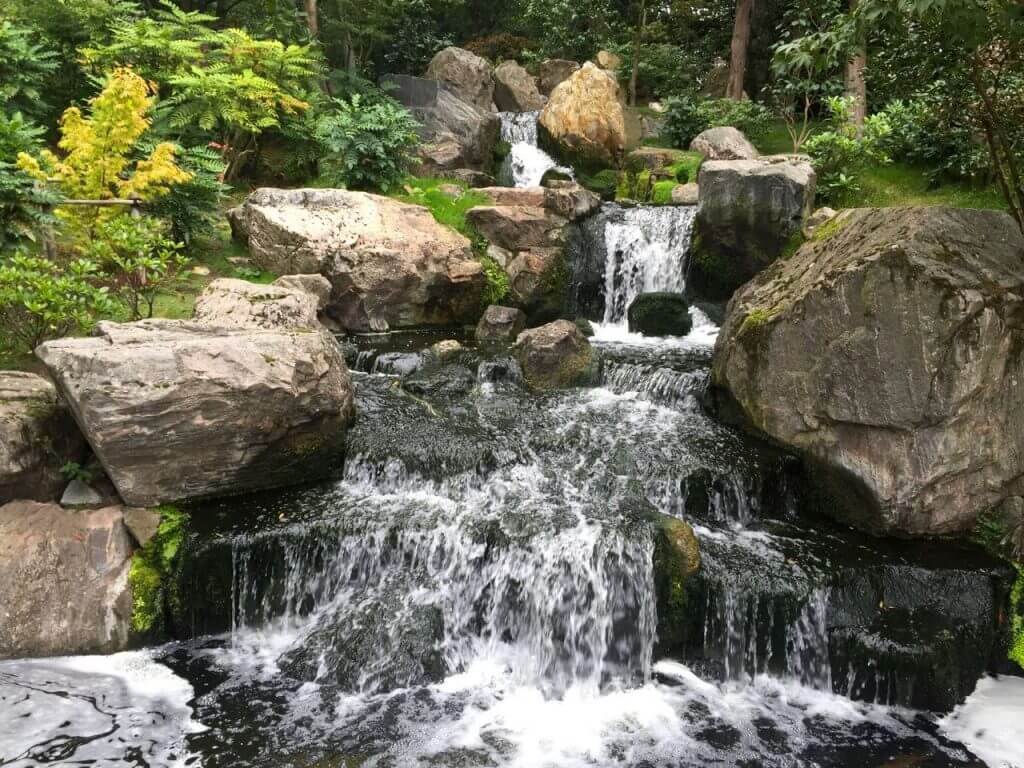
You can also symbolise water without actually having any present. Using pebbles and rocks you can symbolise a river bed within your garden, using moss to signify where water would be or maybe where water once was.
Beds of gravel are quintessential to the Japanese zen garden, and I'm sure you've seen on TV those gardens where sand is being brushed into waves and curves in a traditional Japanese garden. However, real running water is a haven for wildlife, so if possible, I'd also choose the real thing. The sound can also be used to transport you to calmer mind states rather than silent but stylish gravel.
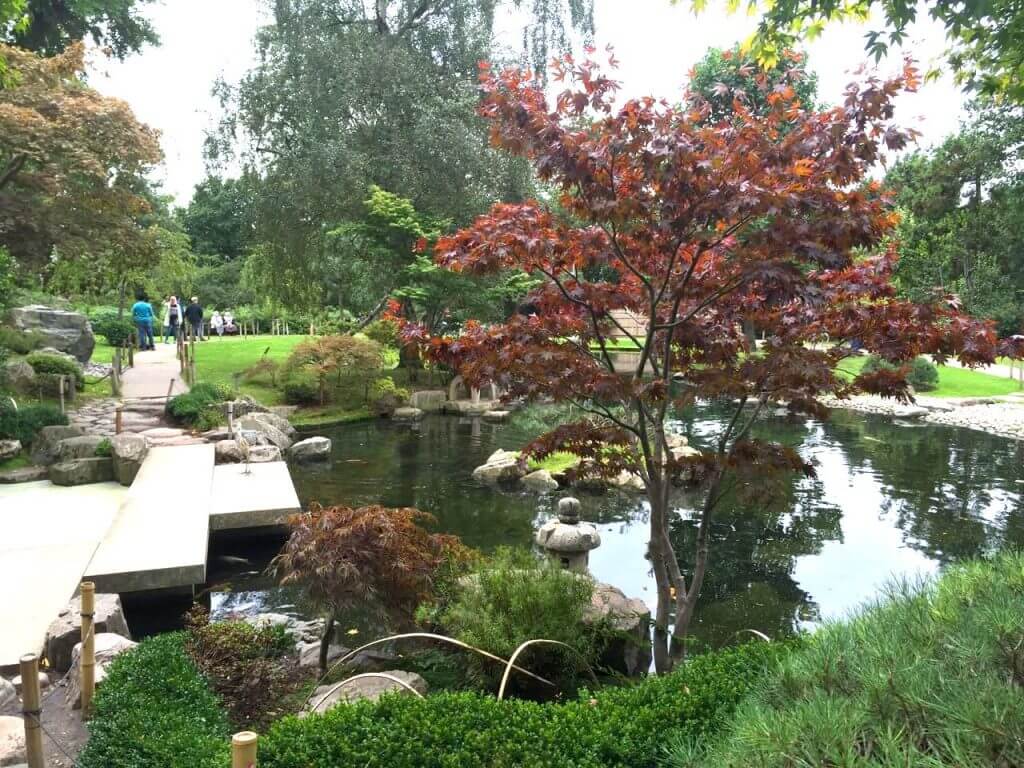
The use of rocks can help represent a number of spiritual items. Whether it is to represent a Shinto shrine, a mountain or even a cloud, the use of rocks helps bring that authentic Japanese feel to a garden. Arranging rocks in odd numbers, usually from 3 upwards, is a good idea.
The tallest rock usually goes towards the back of the arrangement and can represent heaven. The shortest rock is the earth, and the mid-sized rocks are the bridge between the two.
Rocks can also represent mountains from Japanese religious texts or historical stories. Gravel can be used to represent beaches or the flow of water.
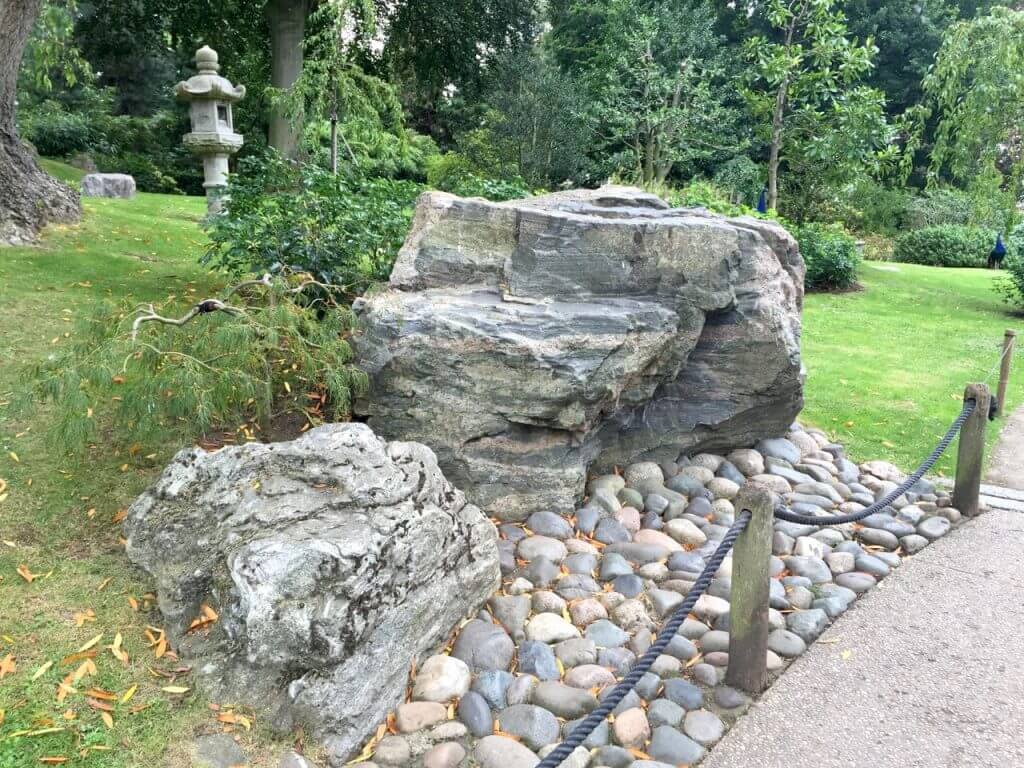
Trees and shrubs are, in my opinion, where the magic happens in a Japanese garden. By careful pruning and constraining of trees and shrubs, you can create a miniaturised version of nature. Making ordinary evergreen shrubs look like century-old specimens. That is, if you have the time or inclination!
Acers are a staple of Japanese gardens, which are usually slow-growing and give the look of a mature tree only a fraction of the size. Trees like this can be used to screen off undesirable parts of the garden and help nest areas such as seating or meditative areas.
You may have started to see the theme here, which is that nature and organic components are the bedrock of Japanese garden design. The structures are somewhat the exception to the rule. How can a square pergola look natural? Well, it can't, but it adds to the juxtaposition of the garden.
Think of it as a modern structure that almost accentuates the natural look of the rest of the garden. Pergolas and structures should add height and purpose to the garden, such as framing a walkway or leading you to another part of the garden. They should be the detail or accent, not the main show. Too many structures and the zen soon starts to drain away.
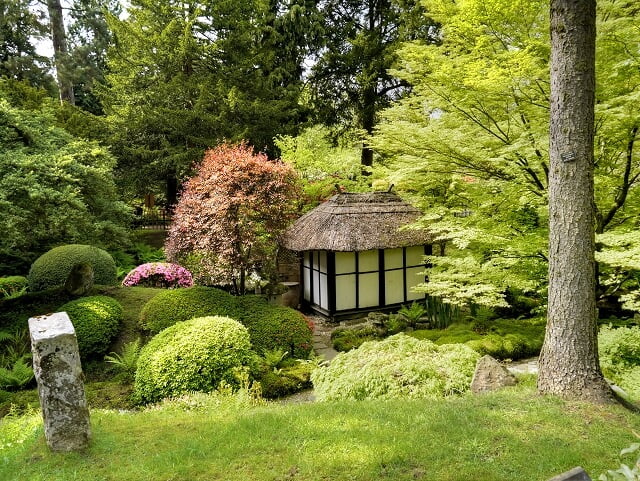
Tea rooms are often used in the larger Japanese Gardens. These are used as the destination for the garden to bring a visitor quietly and calmly to the tea room where a ritual tea ceremony or meditation may occur. A far cry from Starbucks!
One design tip is to ensure that these structures' scale works within the garden. There is no point squeezing in a tea room or huge pergola if it dwarfs the garden. You'd be better using say a specimen of Japanese maple / Acer that's pruned to a focus point to take someone to that part of the garden.
In a very small space, a tiny stone temple statue or rocks to symbolise a mountain may be a better option which can then be worked in sympathetically to the garden.
Whilst I've been lamenting the virtues of the authentic Japanese garden I must stress that you need to have fun with your garden. Not all gardens can or should be perfectly executed unless you're aiming for a show garden standard. However, if you adopt some of the rules above you can ensure that your Japanese garden hits the mark for you and doesn't end up looking like a far east car boot sale.
By carefully choosing your planting, whilst ensuring that there is a flow to the garden, ensures that you get as much zen as possible for your garden space. If you really want an authentic Japanese garden why not get in touch with me, the Garden Ninja, to design the garden of your dreams?


You must be logged in to post a comment.

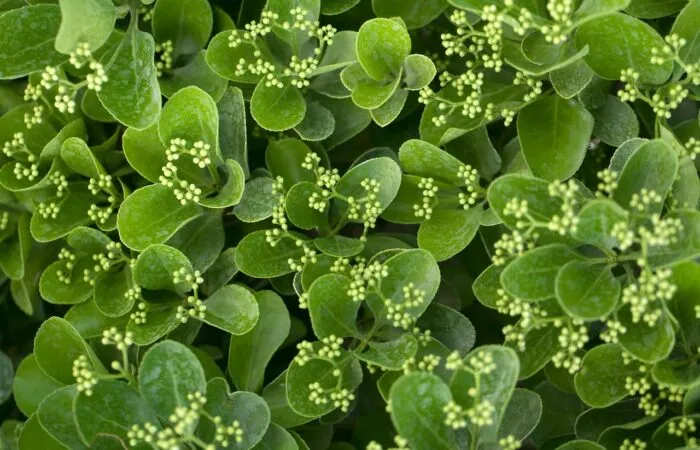
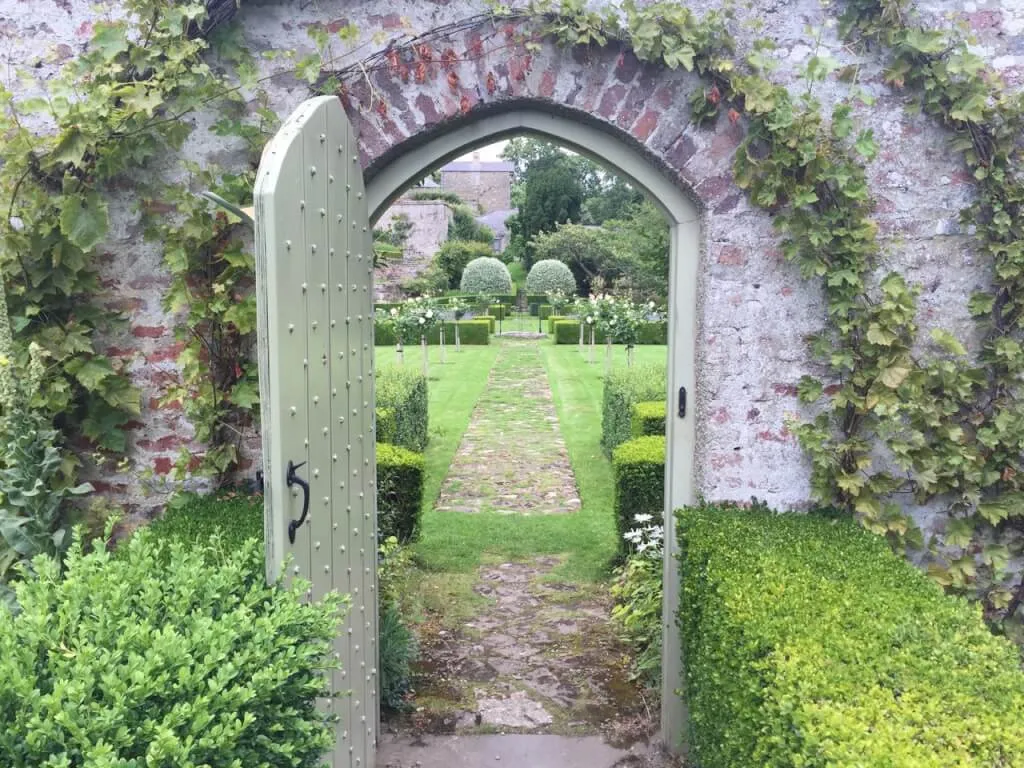
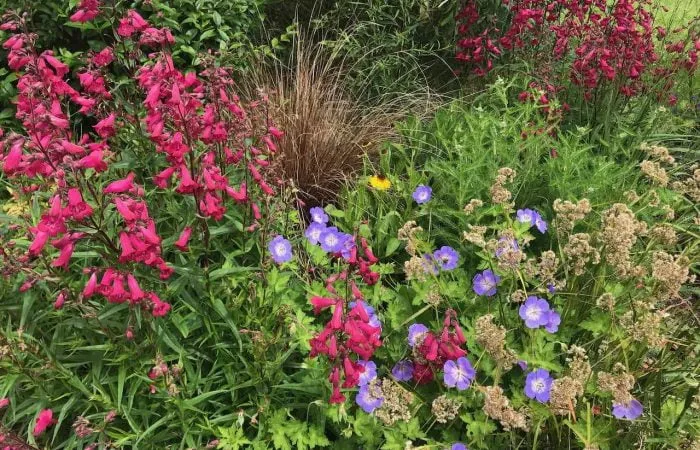
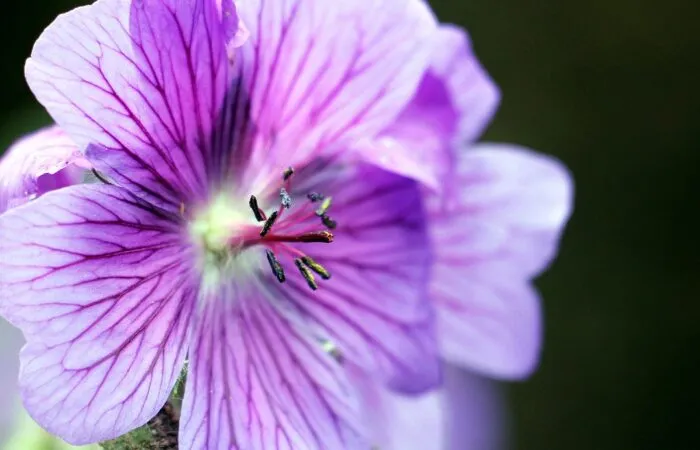
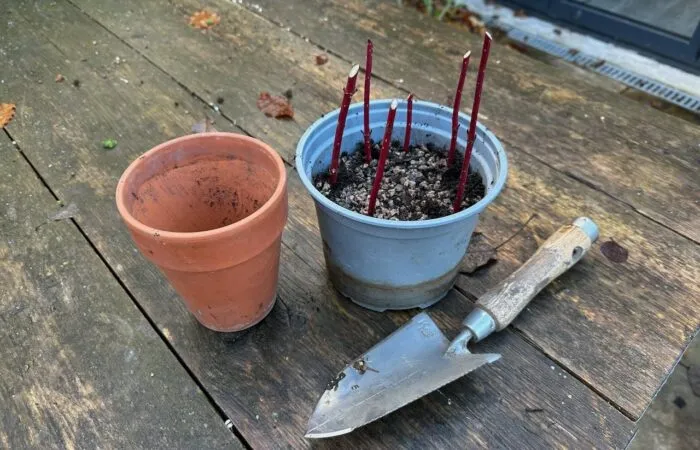
JOIN THE NINJAS

Be the first in line for new Guides, Discount codes and Offers
Wow what an amazing share! I was searching the internet for Japanese Garden ideas in the early hours of the morning and stumbled upon your post. Absolutely love the water feature and tea room. I will definitely take those elements with me.